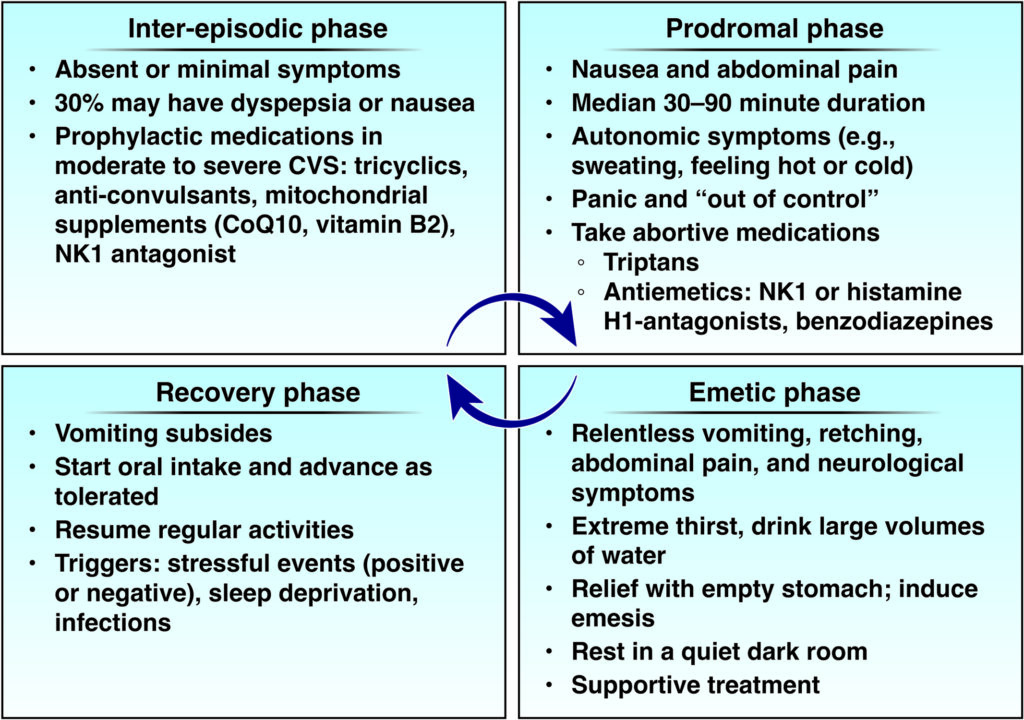AGA’s clinical practice update reviews the available evidence and provides expert advice regarding the diagnosis and management of cannabinoid hyperemesis syndrome.
Cannabis is the most widely used psychoactive substance. While many patients report that the use of cannabis helps relieve symptoms of nausea and vomiting, chronic and heavy cannabis use has been associated with adverse nausea, vomiting and abdominal pain.
Cannabinoid hyperemesis syndrome is a subtype of cyclical vomiting syndrome (CVS) and is observed predominantly in males who have engaged in daily or near-daily cannabis use for years.
Hear from author Dr. Michael Camilleri as he shares what clinicians should know about the phases of cyclical vomiting syndrome that are also present in cannabinoid hyperemesis syndrome and how best to provide care and treatment.
Clinical diagnostic criteria for cannabinoid hyperemesis syndrome
- Stereotypical episodic vomiting resembling CVS in terms of onset, with frequency 3 or more times annually.
- Duration of cannabis use more than 1 year before symptom onset; frequency more than 4 times per week, on average.
- Resolution of symptoms after a period of abstinence from cannabis use for at least 6 months, or at least equal to the total duration of 3 typical vomiting cycles in that patient.
Phases of cyclical vomiting syndrome

Read the full AGA Clinical Practice Update on Diagnosis and Management of Cannabinoid Hyperemesis Syndrome: Commentary, published in the May issue of Gastroenterology.













